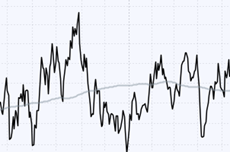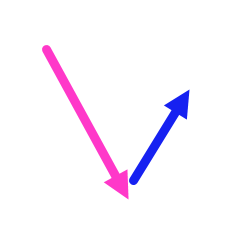
Dissecting the Trend Composite – NVDA Signals – Four Recent Signals and Two Setups
This report focuses on the Trend Composite, which is a long-term trend-following indicator. First, I will shows the 5/200 cross for reference. Second, I dissect the components of the Trend Composite and show how it works. Third, I will show why we should be using data that is not adjusted for dividends. We then get into recent Trend Composite signals within the S&P 500 and show four














